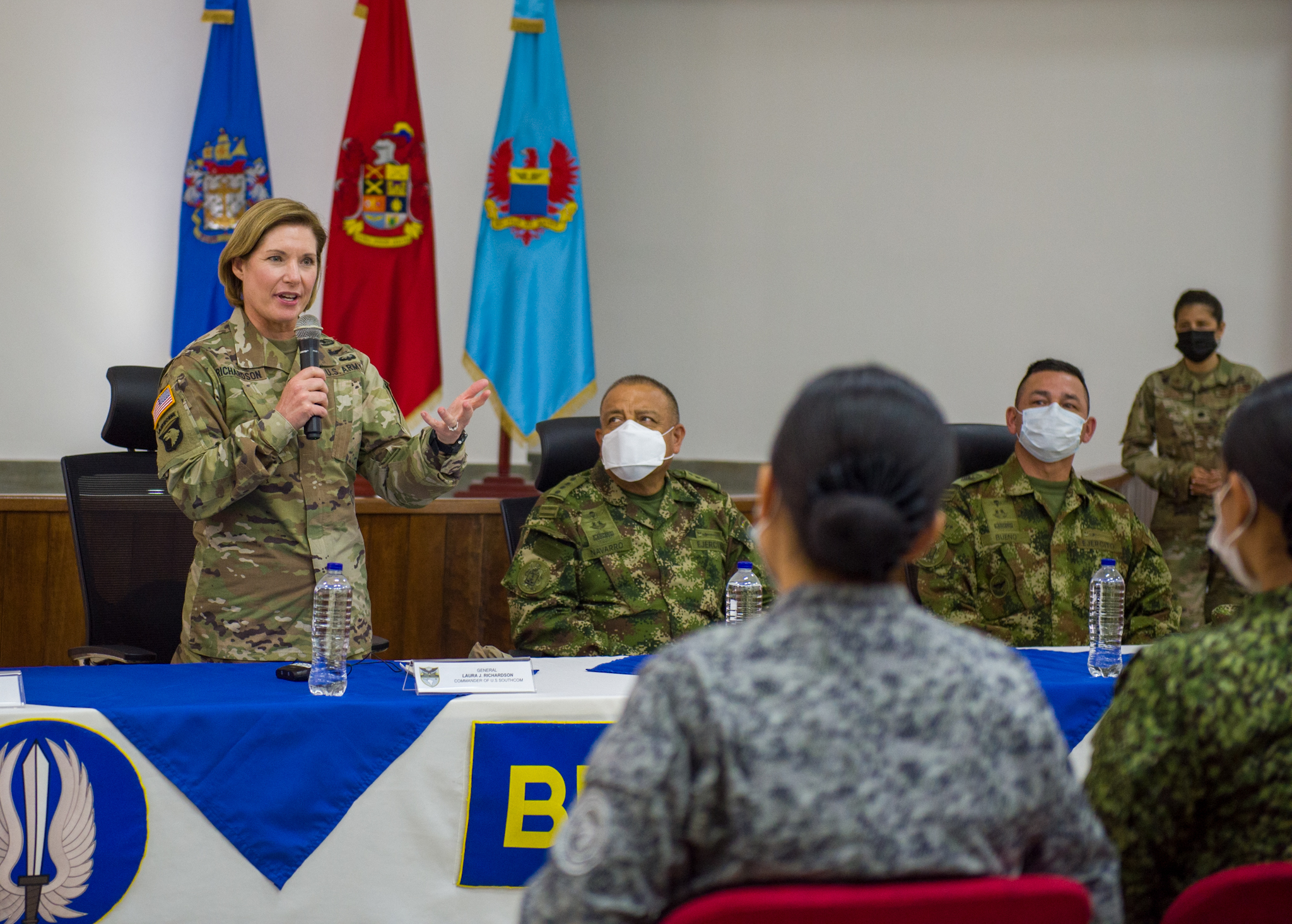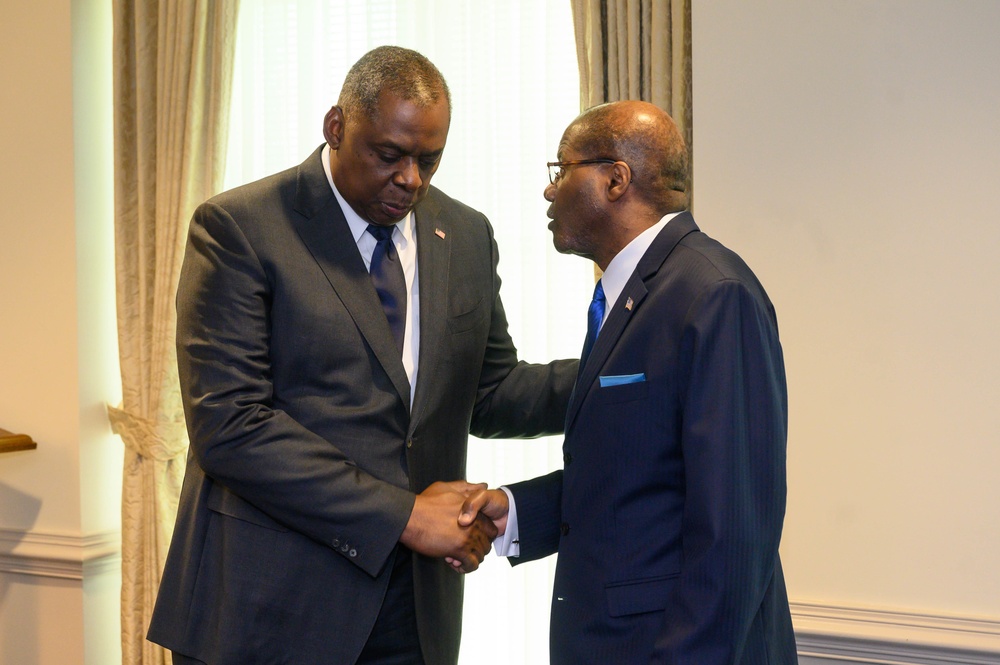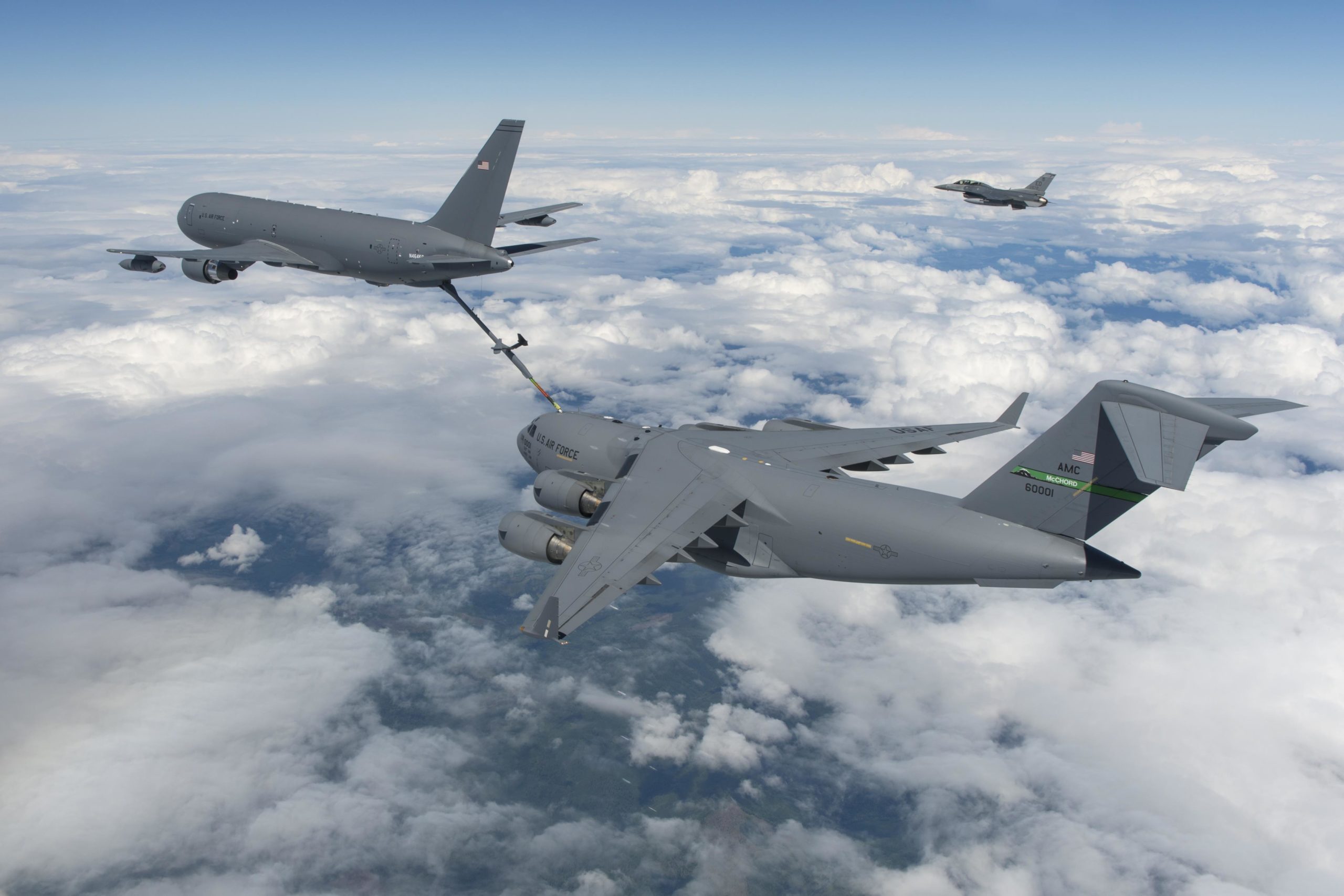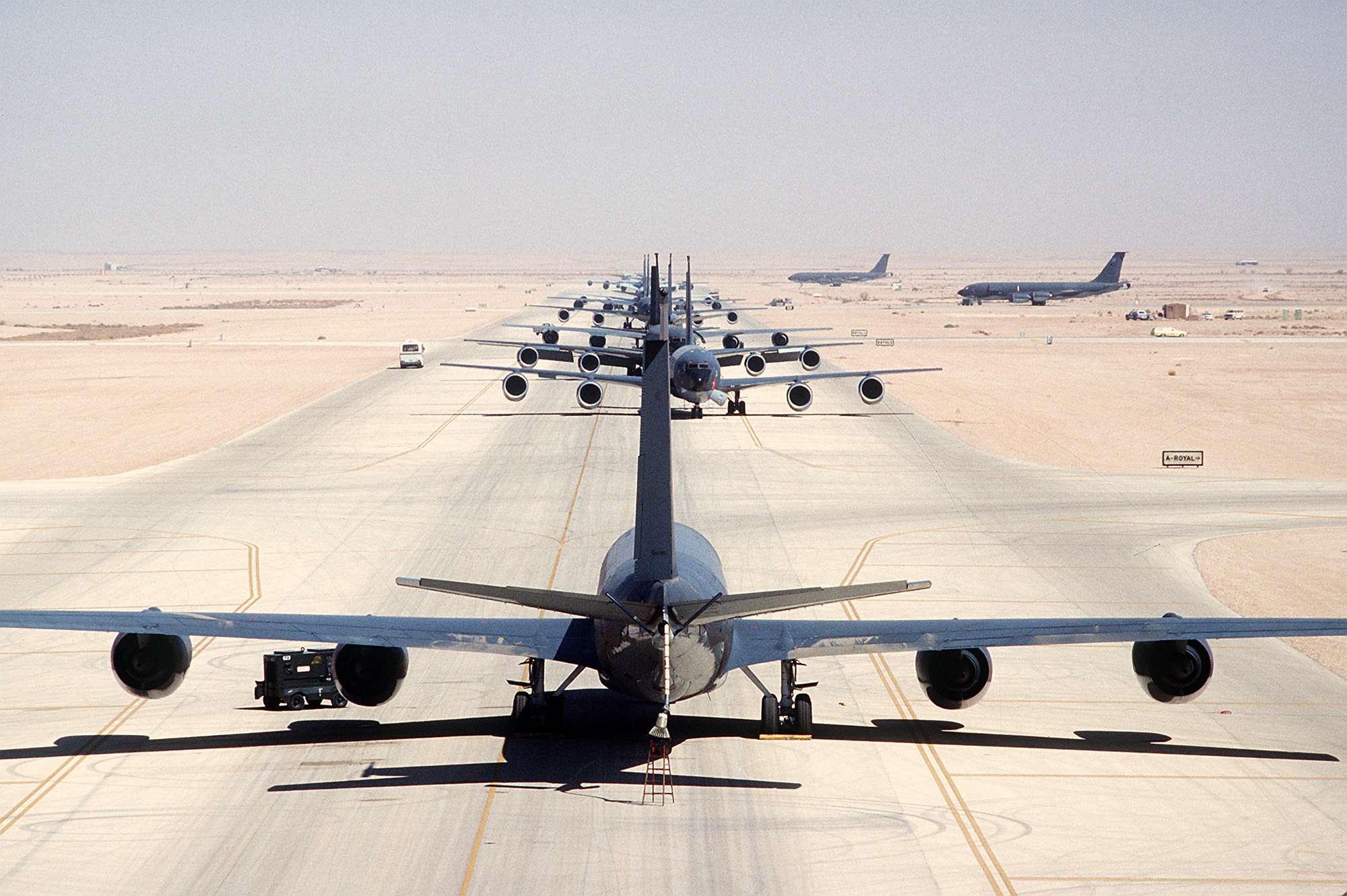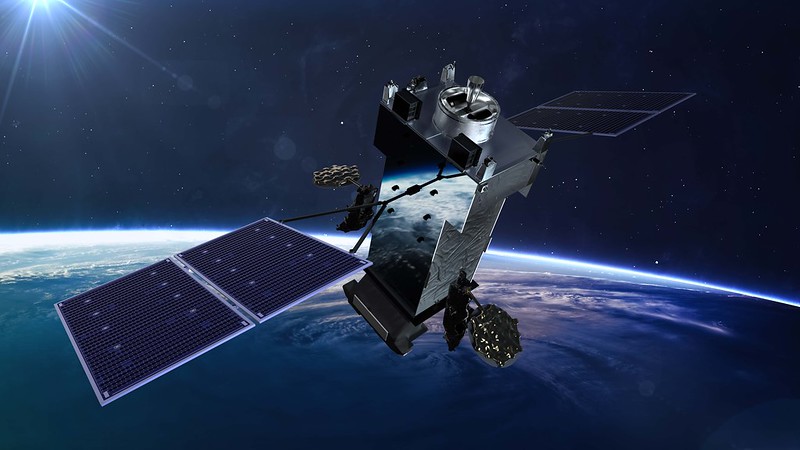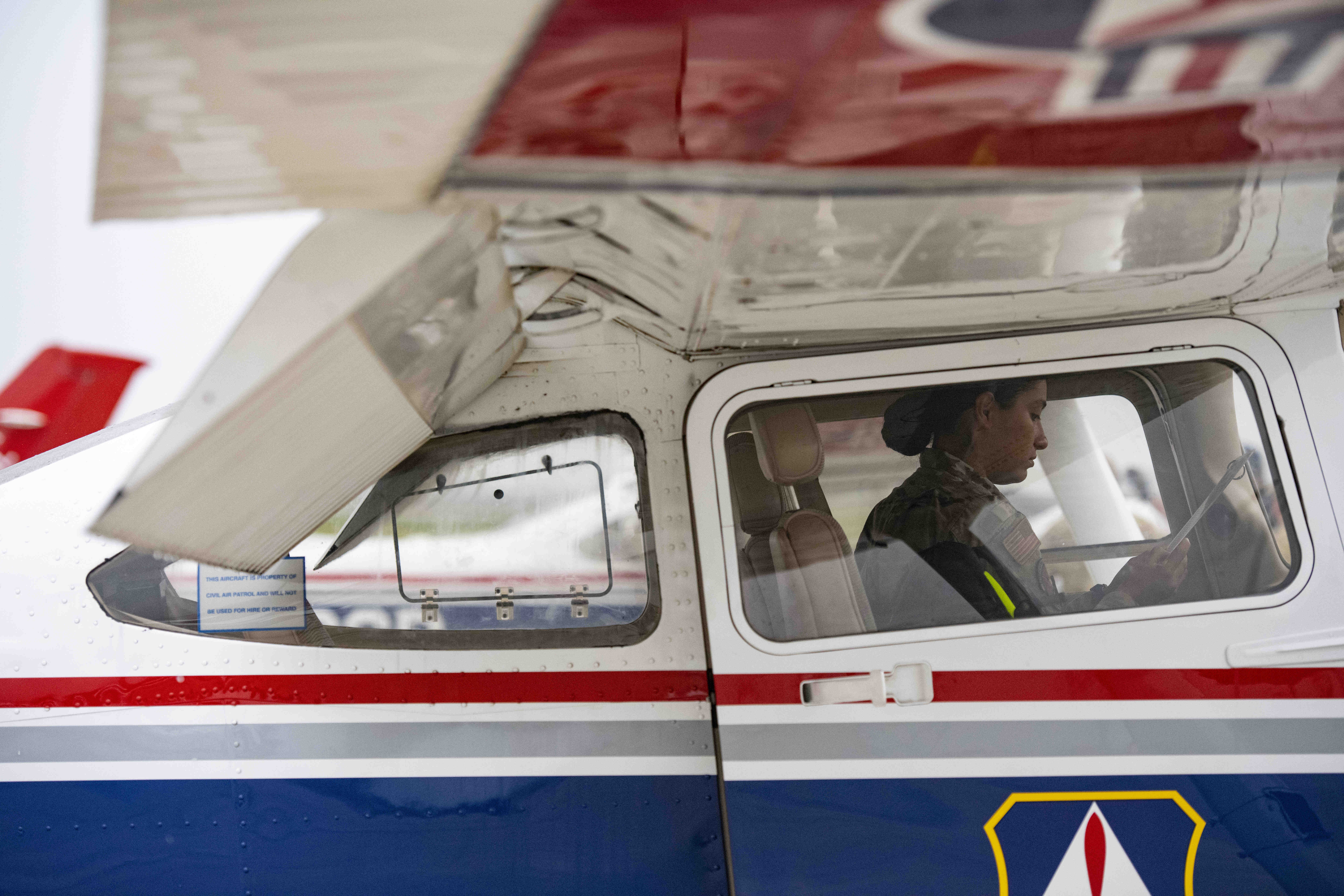With several thousand Airmen still unvaccinated against COVID-19, the Air Force is reportedly introducing a new consequence for those without a medical or administrative exemption.
Starting Nov. 29, unvaccinated Airmen will be blocked from moving to new assignments unless they are on existing PCS orders, or have been selected for future PCS, according to a memo from Lt. Gen. Brian T. Kelly, deputy chief of staff for manpower, personnel, and services, that started circulating on Facebook and Reddit on Nov. 23.
The Air Force did not immediately respond to Air Force Magazine queries about the memo.
Airmen who have out-processed or shipped household goods before Nov. 29 will be allowed to complete their moves, the memo states, but others won’t be able to move until they are fully vaccinated or receive a medical exemption or religious accommodation.
Unvaccinated Airmen will receive an Assignment Availability Code preventing future assignment selection. For unvaccinated Airmen overseas, the code will extend the Date Eligible to Return from Overseas as needed.
The new mandatory policy is in effect for one year and does not apply to vaccinated Airmen or those with exemptions, the memo states.
It is unclear just how many Airmen the new policy will affect. According to the latest data released Nov. 24, there are now 7,874 Airmen and Guardians who are unvaccinated with no exemptions.
For the overwhelming majority of the force, however, it will have no effect—96.6 percent of the Active duty Air Force and Space Force is already fully vaccinated, another 0.5 percent is partially vaccinated, and more than 1,400 have approved exemptions.
Air Force Secretary Frank Kendall has heavily hinted that Airmen who continue to refuse the vaccine will eventually be booted from the service, saying that it’s a “pretty straightforward question” when asked about it in a recent Facebook town hall.
In the same town hall, Kendall also raised the possibility that unvaccinated Airmen would not be able to deploy.
Other services have already put policies in place aimed at forcing out vaccine refusers—the Army, Navy, and Marine Corps have all said they will not allow refusers to reenlist or be promoted. The Navy and the Marines have also detailed their timelines for starting the separation process if unvaccinated service members don’t receive an accommodation.
The Air Force, meanwhile, has yet to publicly detail how it will go about separating vaccine refusers or if it will block reenlistments and promotions. The action to prevent moves, however, comes as the department struggles to work its way through a huge backlog of religious exemption requests. Under Department of the Air Force policy, Airmen and Guardians are supposed to get a ruling on their requests within 30 business days, but as of Nov. 24, it still has 4,756 requests pending—when the vaccine deadline passed Nov. 3, it had 4,933. That slow pace could result in unvaccinated Airmen remaining in the service for weeks or months while they wait for a ruling.

